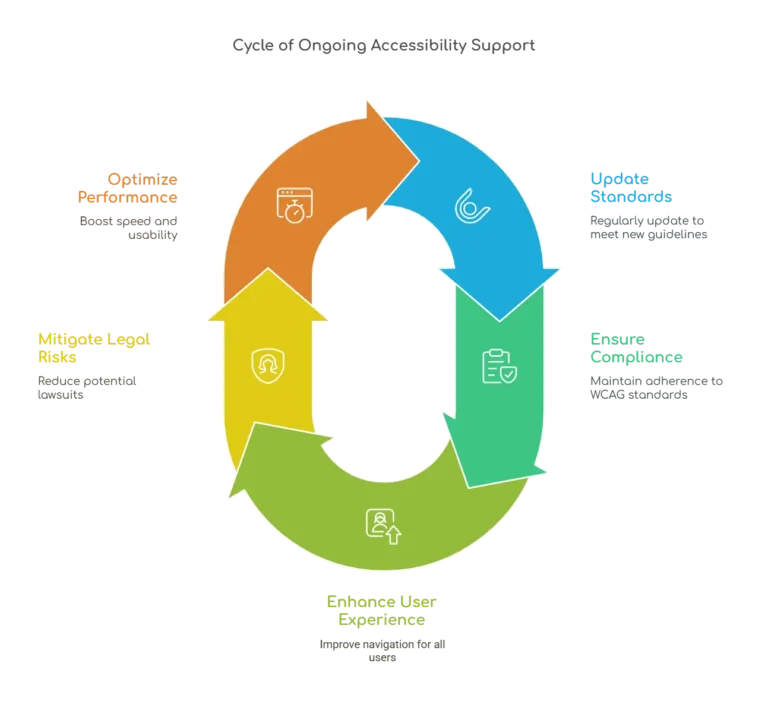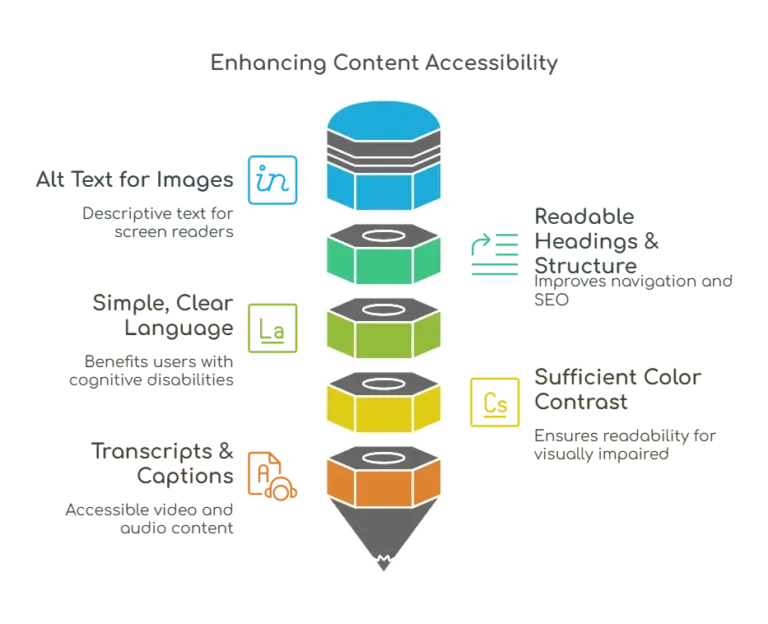Introduction: The Importance of Choosing the Right Website Solution
The significance of a strong online presence can’t be overstated. Custom Web Development isn’t just a buzzword; it’s an essential strategy to meet your business goals and engage with your audience. Here’s a deep dive to help you pick between custom web development and template-based solutions for your company.
Understanding Your Business Needs
Before getting into the nuts and bolts, take a step back. What do you need from your website? Is it an online portfolio, an e-commerce hub, or maybe a complex enterprise solution? You see, different strokes for different folks. Once you pinpoint your needs, the rest becomes a cakewalk.
Practical Tips:
- Conduct a SWOT analysis
- Involve multiple stakeholders in the decision-making process
- Identify your target audience and their preferences
Custom Web Development: Tailoring Solutions to Your Brand
Here’s the deal: Custom Web Development offers tailor-made solutions that scream your brand’s identity. From unique layouts to specialized functionalities, the sky’s the limit.
Advantages:
- High-level branding
- Advanced functionalities
- Robust security features
- Flexibility and scalability
Read this ultimate article on The Golden Blueprint: A Complete Guide to Custom Web Development for Medium to Large Companies in California
Template-Based Websites: Quick and Cost-Effective Solutions
If you’re in a hurry or on a tight budget, template-based websites might be your cup of tea. They’re straightforward, relatively easy to launch, and won’t burn a hole in your pocket.
Advantages:
- Low upfront cost
- Quick to set up
- User-friendly
- Variety of design options
Key Pain Point: Scalability and Future Growth
With custom solutions, scalability is often easier to achieve. On the flip side, template-based solutions might not always fit the bill as your business expands.
Key Pain Point: User Experience and Design Flexibility
Who doesn’t want a website that turns heads? Custom Web Development gives you the reins, allowing endless design and user-experience possibilities.
Key Pain Point: Time and Budget Constraints
Let’s face it; custom solutions can be time-consuming and costly. But with careful planning, the end result is often worth every penny and minute spent.
Template vs. Custom: A Comparative Analysis
Here’s the meat of the matter:
- Cost: Template < Custom
- Time: Template < Custom
- Flexibility: Template > Custom
- Branding: Template < Custom
Real-World Examples: Success Stories
- Company A boosted sales by 40% with a custom e-commerce solution.
- Company B reduced bounce rates by opting for a user-friendly template design.
Making the Decision: Factors to Consider
Here’s your cheat sheet:
- Budget
- Timeframe
- Scalability
- Functionality
- User experience
Conclusion
Whether you opt for Custom Web Development or settle for a Template-Based Website, the choice ultimately boils down to your business needs, budget, and future plans.
Ready to embark on your web development journey? Contact us to make an informed decision that fuels your business growth!



